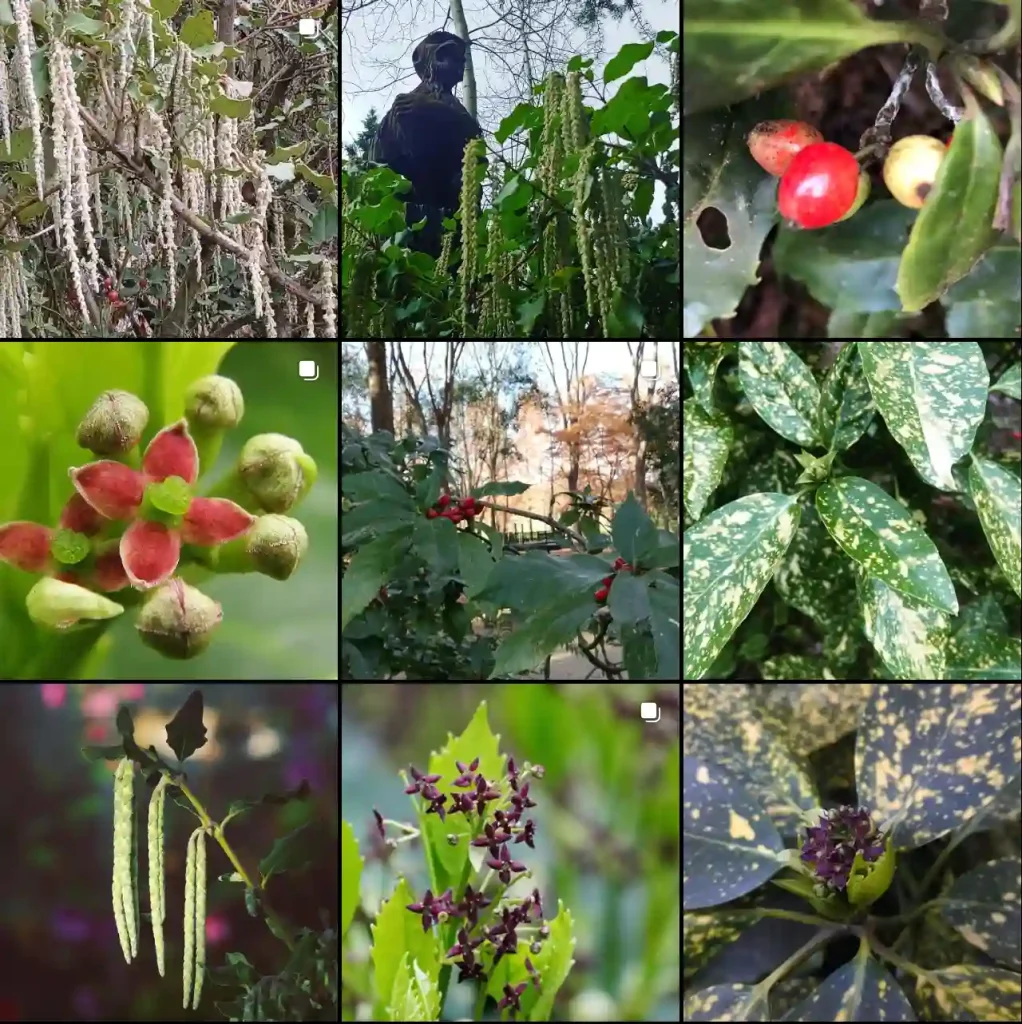My Adventures with Nepenthes ventricosa: A Beginner’s Guide
For any plant enthusiast looking to add a touch of the exotic, the Nepenthes ventricosa, also known as the pouch orchid or monkey cup, is a fantastic choice. This captivating carnivorous plant from the Philippines boasts mesmerizing pitcher traps that not only look otherworldly but also serve a fascinating predatory function.
My journey with Nepenthes ventricosa began a few years ago, and I’ve been thoroughly captivated by its unique beauty and intriguing needs. Since then, I’ve learned a lot about caring for this tropical wonder, and I’m excited to share my experience with you!
Plant Family: Nepenthaceae – 207 Species in Genus Nepenthes
What is Nepenthes ventricosa?
Nepenthes ventricosa is a tropical pitcher plant endemic to the Philippines, specifically the highland regions at elevations of 1,000 to 2,000 meters. This “near threatened” species is known for its compact size, vibrant green foliage, and most strikingly, its plump, fleshy pitcher traps. These captivating pitchers range from red to green in color and often have a speckled pattern, making them a true conversation starter.
But what truly sets Nepenthes ventricosa apart is its carnivorous nature. The pitcher traps act as a lure and a deadly pitfall for small insects and invertebrates. The colorful pitchers secrete a sweet nectar that attracts prey, while the slippery rim of the pitcher makes it easy for them to lose their footing and tumble into the digestive fluid at the bottom.
How to care for Nepenthes ventricosa?
Nepenthes ventricosa, while exotic, is surprisingly beginner-friendly when it comes to care. Here’s what you need to know to keep your Nepenthes ventricosa thriving:
- Light: These plants require bright, indirect sunlight. South-facing windows are ideal, but be mindful of harsh afternoon sun which can scorch the leaves.
- Watering: Nepenthes ventricosa prefers consistently moist, but not soggy, soil. Use distilled water, rainwater, or reverse osmosis water to avoid mineral build-up. Water deeply when the top inch of the potting mix dries out.
- Humidity: While Nepenthes ventricosa can tolerate moderate humidity levels, it truly thrives in higher humidity environments (around 70% or more). You can achieve this by placing your plant on a pebble tray filled with water, using a humidifier, or grouping it with other humidity-loving plants.
- Temperature: As a highland Nepenthes, Nepenthes ventricosa prefers cooler temperatures between 55°F (12°C) and 75°F (24°C) at night, with daytime temperatures reaching up to 80°F (27°C).
- Feeding: While not strictly necessary for survival, feeding your Nepenthes ventricosa with small insects or bloodworms can provide additional nutrients and encourage healthy pitcher production.
- Potting: Use a well-draining potting mix specifically formulated for carnivorous plants. A mixture of sphagnum moss and perlite is a popular choice.
Do Nepenthes ventricosa have to have high humidity to pitcher?
Nepenthes ventricosa can produce pitchers in moderate humidity conditions (around 50%). However, for optimal pitcher size, color, and frequency, higher humidity levels (around 70% or more) are ideal. If you find your pitchers are smaller or less vibrant than expected, consider using a humidifier or grouping your plant with others to increase the surrounding moisture content.
How to grow Nepenthes ventricosa indoors?
Nepenthes ventricosa is well-suited for indoor cultivation, provided you can meet its basic needs for light, humidity, and temperature. Here are some tips for success:
- Placement: A bright, south-facing window with good air circulation is ideal. Avoid placing your Nepenthes ventricosa directly next to heating vents or air conditioners.
- Terrarium: A terrarium can be a great way to provide the high humidity environment that Nepenthes ventricosa thrives in. Just be sure the terrarium is well-ventilated to prevent overheating.
- Regular misting: If you can’t maintain high humidity levels consistently, regularly misting your Nepenthes ventricosa with distilled water can help.
How to feed Nepenthes ventricosa?
Feeding your Nepenthes ventricosa is not essential for its survival, but it can promote healthy pitcher development. You can offer small insects like fruit flies, bloodworms, or even mosquito bits (crushed, dried mosquito larvae). Avoid overfeeding, as this can lead to the decomposition of the prey and foul odors.
Here are some additional tips for feeding:
- Frequency: Feed your Nepenthes ventricosa every 2-4 weeks during the growing season (spring and summer). During the cooler months (fall and winter), feeding can be reduced or stopped altogether.
- Size: The prey offered should be no larger than ⅓ the size of the pitcher opening.Placement: Avoid placing food directly into the pitcher fluid, as this can drown the prey and hinder digestion. Instead, place the offering on the rim of the pitcher, where it will be more easily attracted by the sweet nectar and more likely to fall in.
By following these simple guidelines, you can ensure your Nepenthes ventricosa receives the occasional nutritional boost without any negative consequences.
If i die, water my plants!



